Plovdiv: the ancient city of Bulgaria
Cities – and buildings – with millennia of history have a given something.
That is why I haven’t been to the US yet. There everything is a couple of hundred years old, at best. Monuments are made to look old instead of being old. Built with modern techniques instead of inventing techniques to make them. Of course, I am spoiled about this topic it because I am from Alcalá de Henares, which was already a city at the time of Rome.
And Plovdiv, the city I went to visit a month ago, is of this kind of cities. It is one of the oldest cities in Europe and was for a time called Philippopolis, after King Philip of Macedonia, the father of Alexander the Great, who conquered it from the Thracians.
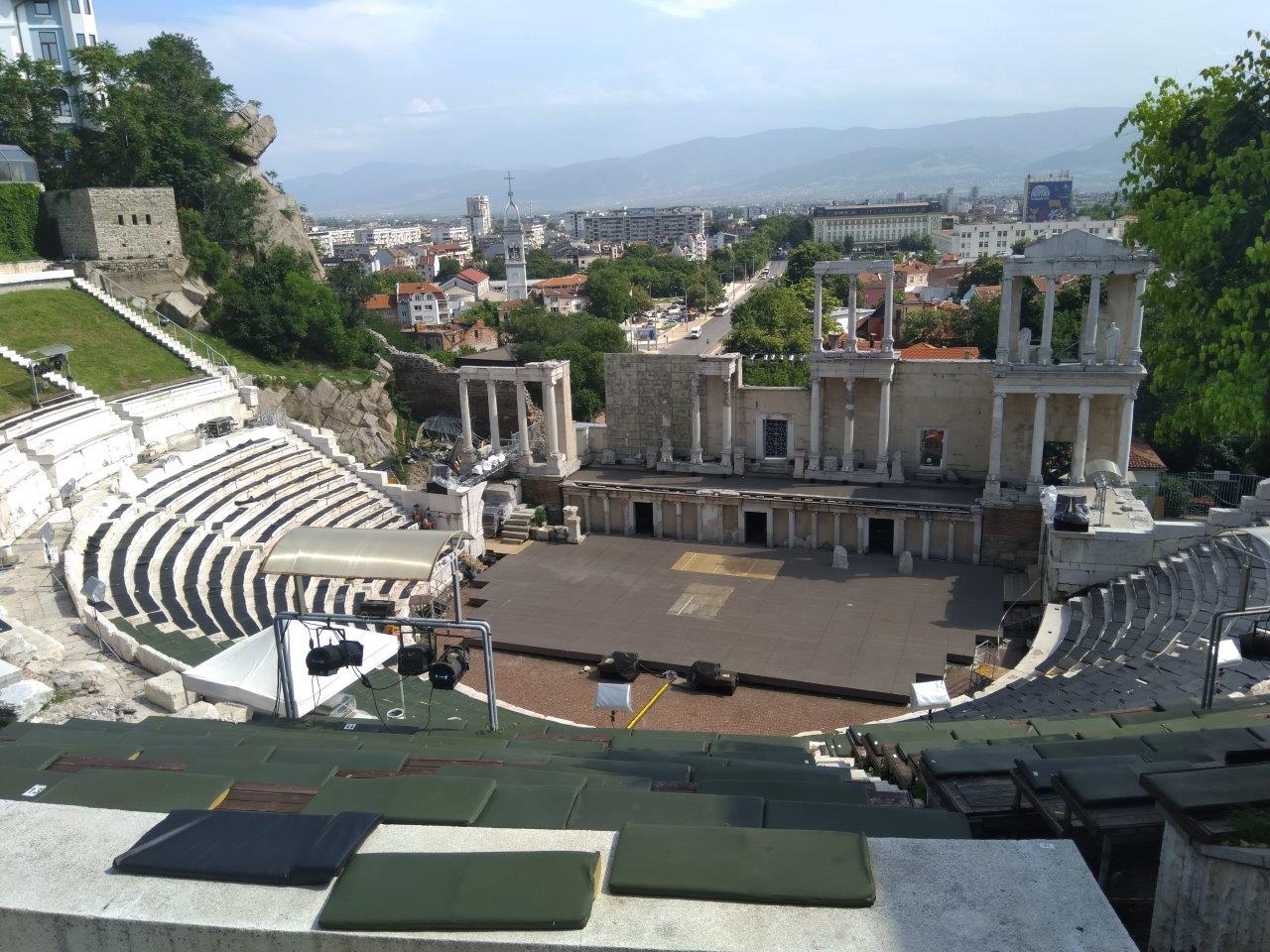
I wanted to visit Bulgaria because it was an EU country (which facilitates everything so much) and because this city with millennia of life I had not visited it yet. In addition, it is the European Capital of Culture of this 2019, so there we went.
Table of Contents
Plovdiv: how to get there from Sofia
There are several ways to get to the city. Plovdiv has an airport, but unless you want to go through Tel Aviv or London first, you will not be able to travel directly.
It is best to go by bus or train from Sofia. We went by bus, although both stations are next to each other (you arrive to the stations by Metro, at the “Central train station” stop. Map).
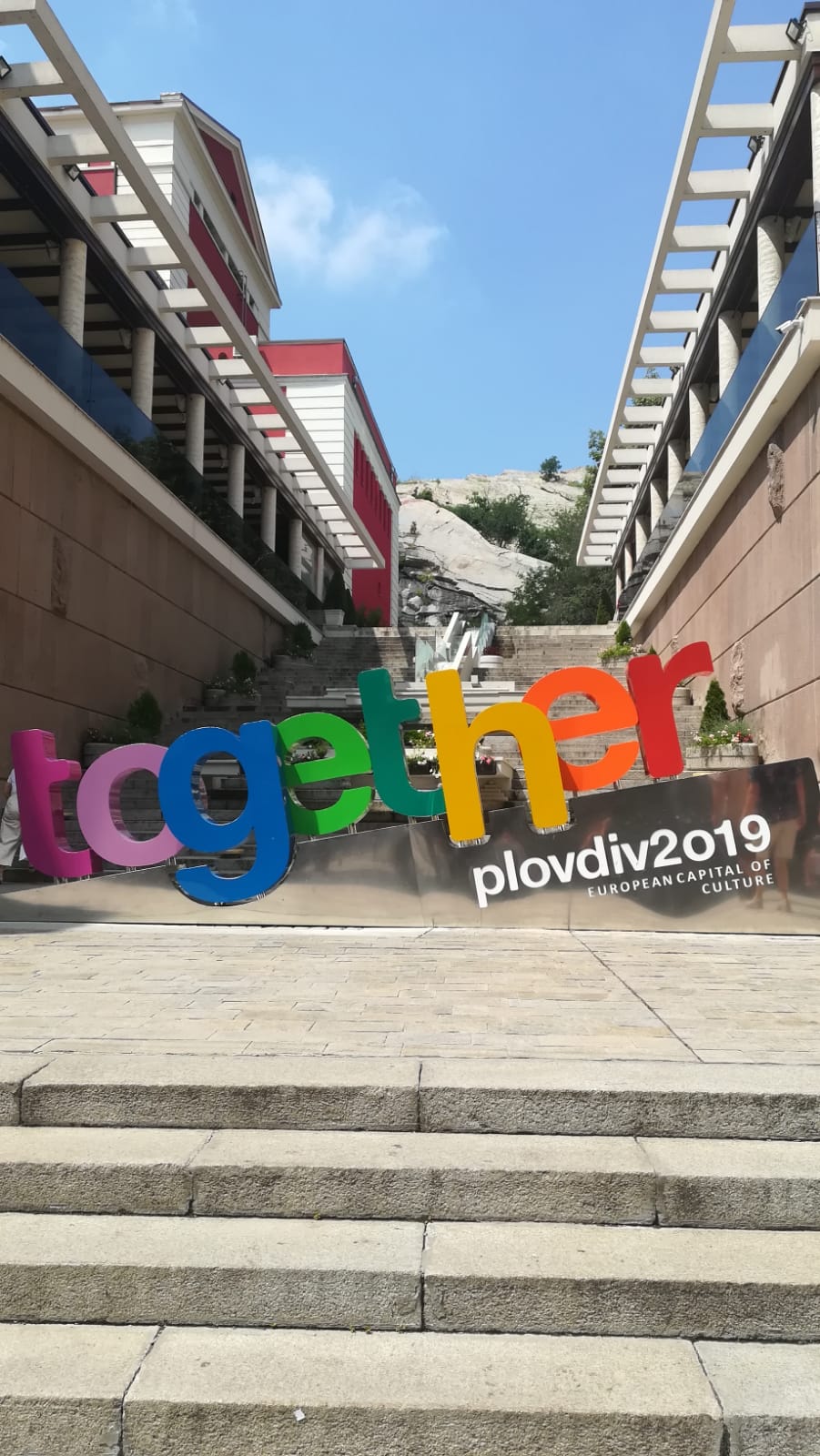
There are regular buses every hour, as well as trains, so it shouldn’t be a problem to go to Plovdiv without buying the ticket in advance, as we did. The locals recommended the bus because it has air conditioning, although if you do so is a good idea to have a cardigan or scarf with you, as it gets very cold.
Plovdiv: where to stay?
Plovdiv is the second biggest city of Bulgaria, with 350,000 inhabitants. This city, built between the 7 hills, is therefore quite large. To stay in a good place, the best is to stay downtown or just outside the center, to be able to go everywhere walking. If you stay north of the river it will be more complicated to move.
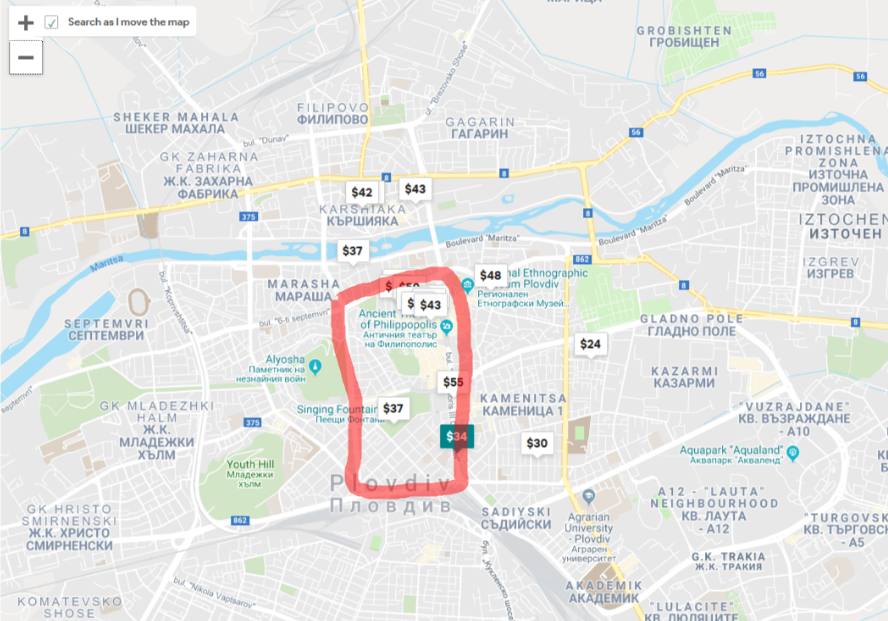
Within the red box are the recommended areas. If you still do not have AirBnB, if you use this link they give you up to € 25 discount on your first reservation. We stayed in the southeast corner of the square, just enough far from the hustle and bustle of the center, but not too much, and near the bus station.
How to get around and what to do in Plovdiv?
Before going there we send a message to the city officials, to ask this very question. As we were just a stone’s throw from the center, we could do it quietly on foot, so at least the “how to get around” part was already solved.
They provided us with a couple of Plovdiv City Card (web, Instagram) to get to know the city and it was fantastic.
The card includes more than 10 free museums, including the ancient theater, built more than 2000 years ago by the Romans, with a capacity for 3500 nowadays, but around 7000 at its height. It also has discounts on stores, restaurants, and more.
If you want to buy yours with time from your smartphone, this is the place.
In the next post we tell you what we did in Plovdiv during the two days we were there, and what we can recommend you what we did.
Did you know Plovdiv? What do you think about the topic of new cities VS millenary cities?
Topics: Traveling around Europe |
Leave your comment!
|  Print This Post
Print This Post
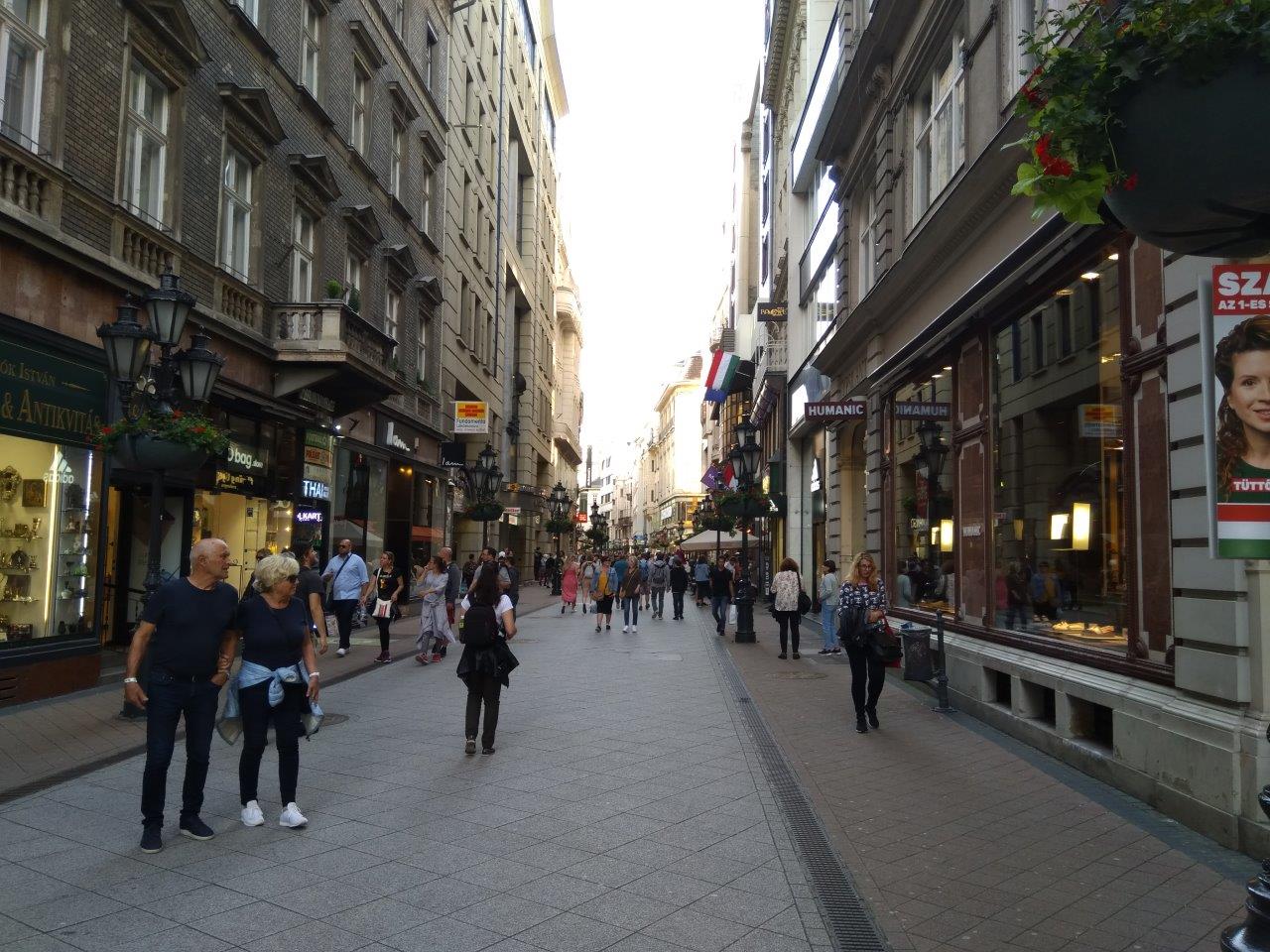
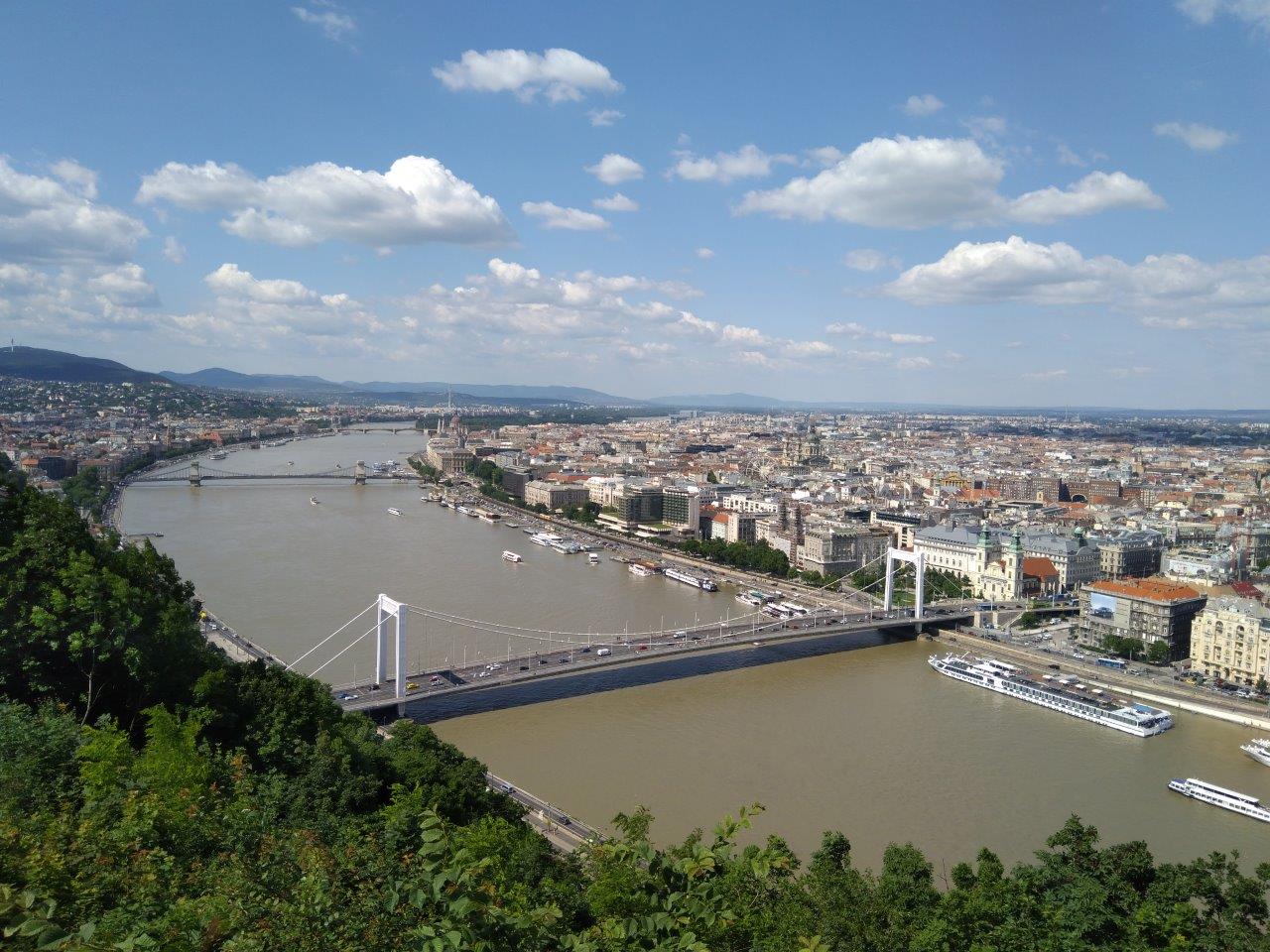

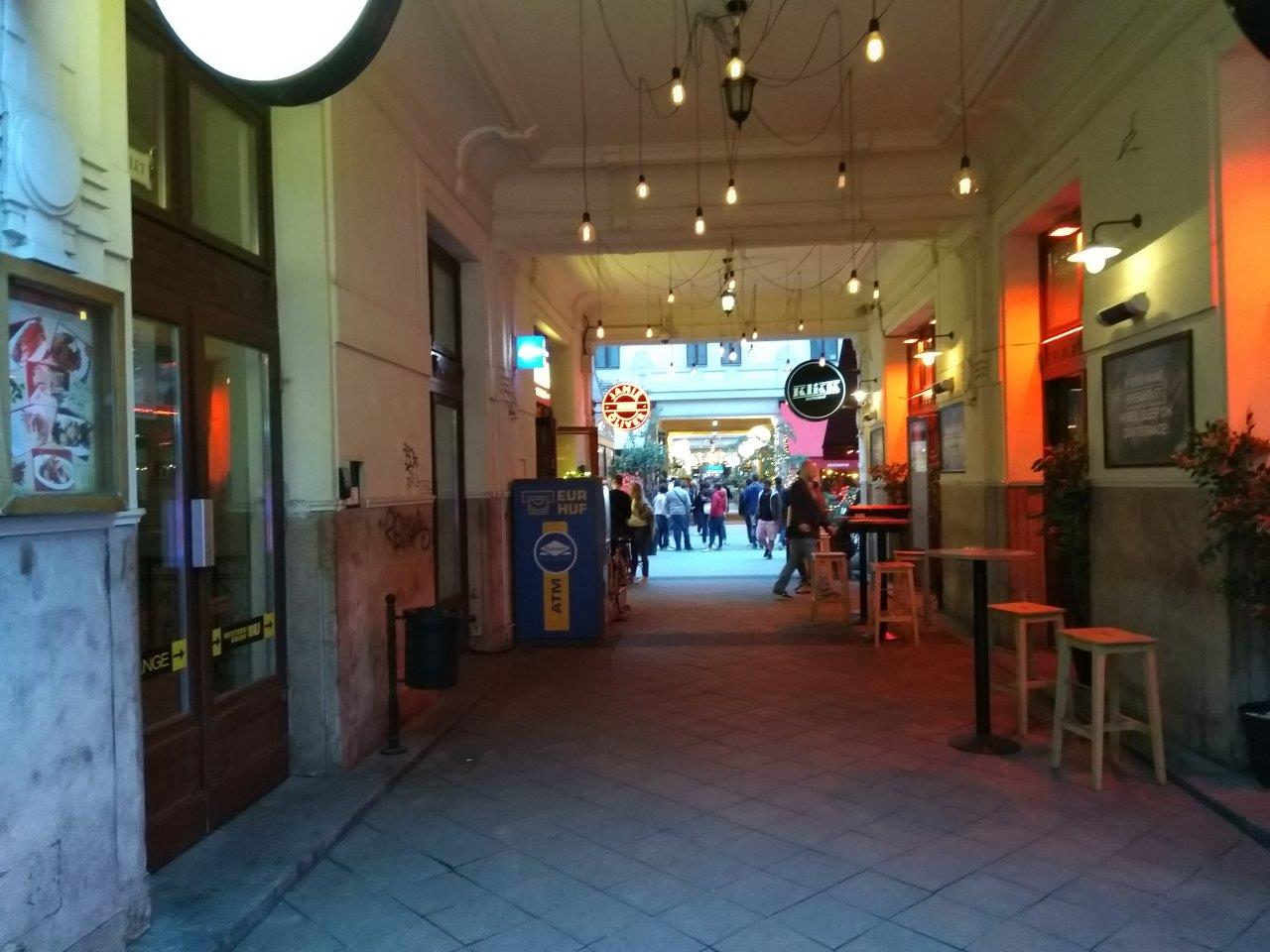





"Perkele" is mostly used for extreme frustration NOT as a surprised response. That's even more pronounced with "Voi Perkeleen Perkele"…